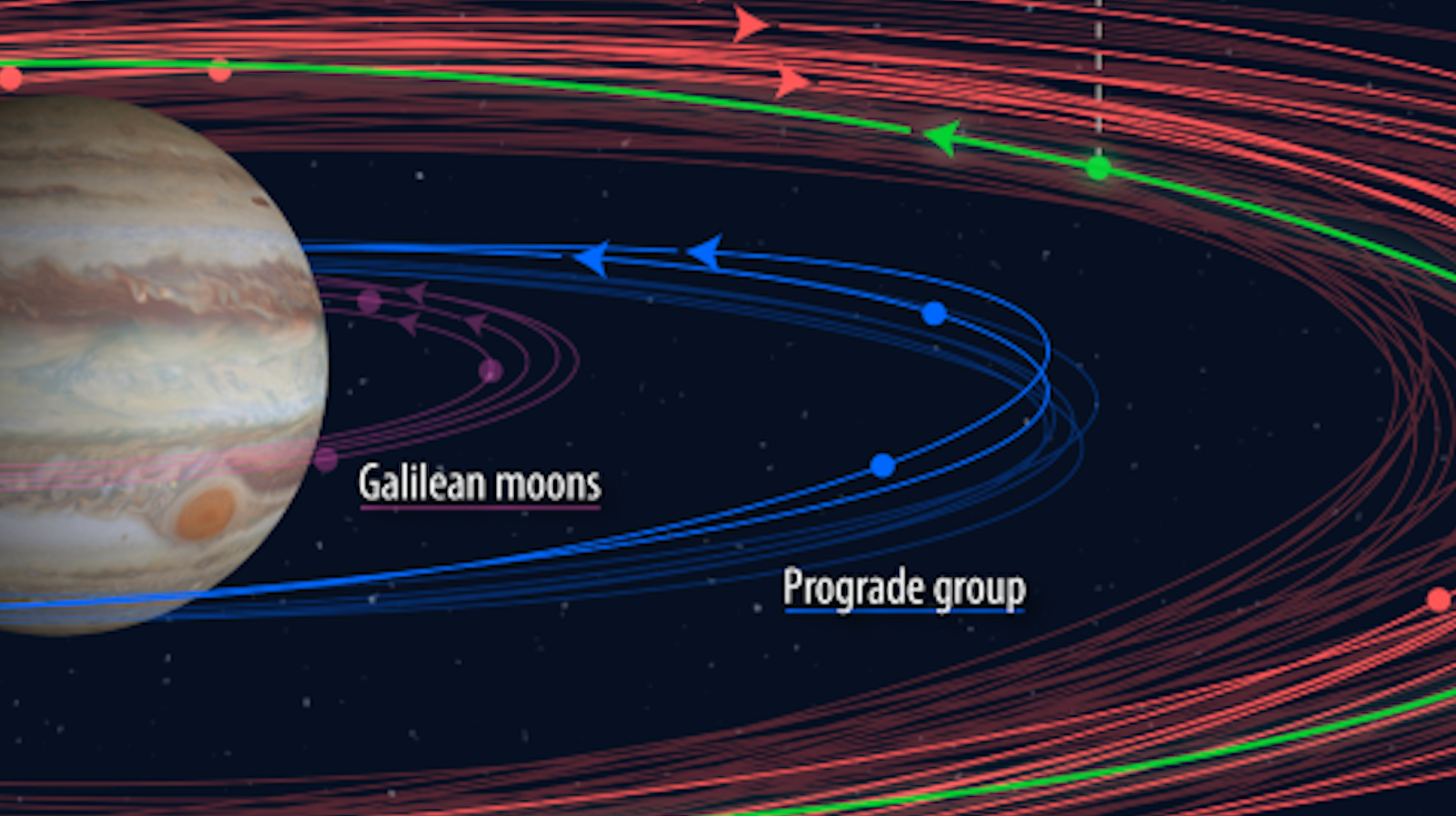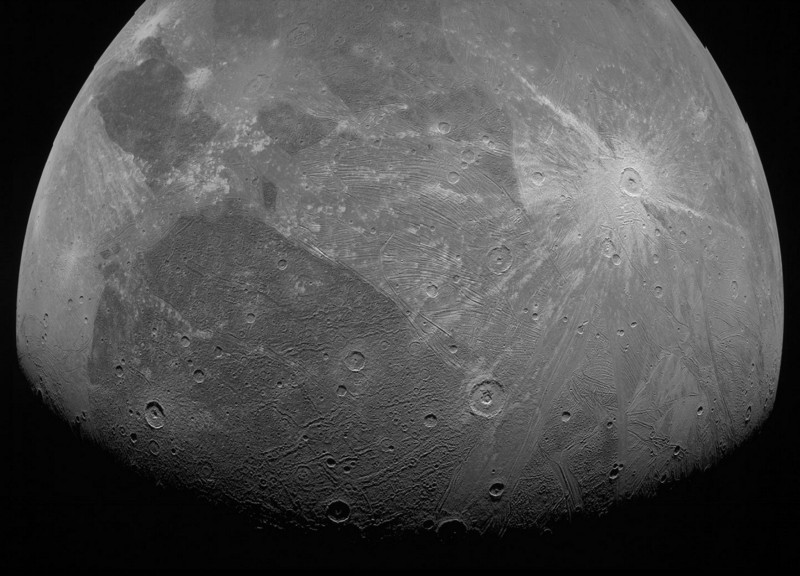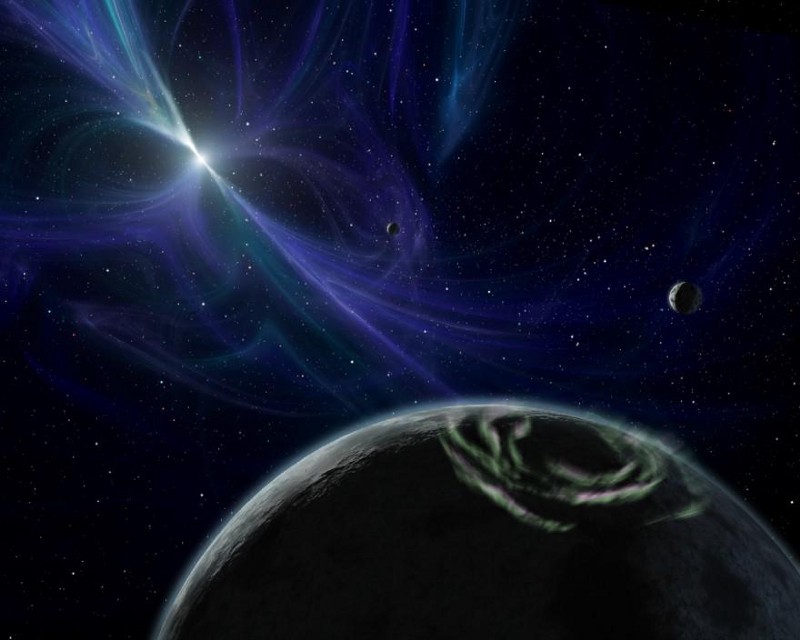Is there life on our Solar System’s icy moons? Extreme places on Earth may hold clues

- The most inhospitable places on Earth can serve as analogs for conditions on icy moons within our Solar System.
- A recent study found small numbers of proteobacteria, archaea, and fungi in the Arctic Plateau.
- The more we understand extreme environments on our own planet, the better equipped we’ll be to recognize life elsewhere in the Solar System.
In their attempt to understand how life might thrive on other planets, astrobiologists often travel to the most extreme and inhospitable places on Earth. And when it comes to simulating environmental conditions on icy moons like Jupiter’s Europa and Saturn’s Enceladus, Antarctica is about the closest analog we can get.
A new paper led by Alessandro Napoli from the University of Rome, Italy, highlights the rich microbial diversity near Concordia Station, a French-Italian research facility on the Antarctic Plateau, more than 3,000 meters above sea level. Here the average yearly temperature is only -50oC (-58oF), and winter temperatures can drop down to -80oC.
Despite the freezing temperatures, the team found various types of bacteria, even in snow and ice samples, using DNA sequencing methodology. Most were proteobacteria, but there also were different types of archaea and fungi.
While the microbes were anything but abundant—their sparse numbers were close to the detection limit—the research shows that DNA sequencing-based techniques can work in remote and hostile environments. At these frigid temperatures, none of the detected microbes are expected to be active—they exist in a dormant state until temperatures climb high enough for their metabolisms to kick in again.
Life in extreme environments
We’ve come a long way in understanding microbial life in extreme cold conditions. I still remember collecting snow samples in the Sacramento Mountains of New Mexico about 20 years ago. When I sent them off to a newly established commercial lab for DNA sequencing, I was embarrassed to label them as “snow samples,” fearing they wouldn’t be taken seriously or would simply be returned without being analyzed. I labeled them as water samples instead, and they turned out to contain lots of microbial life, mostly snow algae.
Although conditions in even the coldest places on Earth are still very different from those in the outer Solar System, this kind of research can be very useful for astrobiology. Jupiter´s moon Europa has a subsurface ocean beneath an ice layer several kilometers thick, and the ocean likely holds more liquid water than all the oceans on Earth combined. Europa’s rocky mantle is thought to be in direct contact with the overlying water, and due to tidal kneading caused by Jupiter’s gravity (the icy crust looks like a broken eggshell), the moon might have hydrothermal vents similar to what we find at the bottom of Earth’s oceans. On our own planet, these vents are a haven for life, and this could also hold true for Europa.
Enceladus´ subsurface ocean is much smaller than Europa’s, and it’s not global. But, luckily for us, it spews its contents out into space near the moon’s southern pole, where it can be analyzed or even sampled by a passing spacecraft. That’s a lot easier than drilling below the ice to reach water.
A number of chemical constituents, including hydrogen, methane, ammonia, hydrocyanic acid, and simple organic compounds, have already been identified in the Enceladus plumes, fueling hopes that this icy world may host microbial life. Exploring the oceans of Europa will require a lander, but in the case of Enceladus, a carefully designed fly-by mission may be able to collect samples that would tell us what we need to know.
Two other icy moons of Jupiter, Ganymede and Callisto, are less interesting for astrobiology due to an apparent lack of available energy. Ganymede is thought to have a subsurface ocean as well, but it’s likely to be sandwiched between ice layers, so it wouldn’t be expected to have Earth-style hydrothermal vents. Triton, a moon of Neptune, is a captured Kuiper-belt object and also is of high astrobiological interest due to its possible water and ammonia ocean lying beneath a dynamic surface consisting mostly of frozen nitrogen.
Searching for signs of life on Titan
For me, however, the most exciting world in the outer Solar System is Saturn’s cloud-covered moon Titan. Imagine Antarctica but even colder, and with a giant oil spill. Remove all free oxygen and carbon dioxide, then add an occasional downpour of methane from the ever-present clouds. (In fact, Titan is the only moon in our Solar System with a significant atmosphere.) Lakes of liquid methane and ethane exist on the surface, with lots of organic compounds. Given that the environment is so different from ours, any life forms near these lakes would be quite alien to us. That only makes the possibility of life on Titan even more exciting: If we find life there, it surely would have arisen independently, and two separate originations in the same Solar System would imply that life in the Universe is common.
It won’t be easy proving the existence of life on Titan, however. We would almost certainly need a landing mission, which is more challenging and expensive than a fly-by or orbiter. Also, if Titanian life does exist, its very alienness would make it more difficult to detect. That doesn’t mean it would be impossible, though. We’d be looking particularly for large organic molecules (which might be different from those used for biochemical reactions on Earth) and for lighter isotopes of certain chemical compounds.
Until the day comes when we send a lander to Titan, analog work on Earth could help us understand how life might interact with a hydrocarbon matrix. Along with several colleagues, I’ve been studying a natural liquid asphalt lake in Trinidad for many years. We’ve found different types of microbial life within the liquid hydrocarbons, many of which were previously unknown. After a colleague from the University of Duisburg-Essen joined us, we were able to show that most of the microbes lived within tiny water droplets within the hydrocarbon matrix. In fact, these droplets contain a unique microbial ecosystem—perhaps the smallest ecosystem recognized to date.
These and other similar studies teach us how organisms can interact with a seemingly hostile environment and still make a living. Analog research has its limits—temperatures on Earth and Titan make it difficult to extrapolate information from one world to another—but in principle, the two places might have similar boundary conditions. The more we understand extreme environments on our own planet, the better equipped we’ll be to recognize life elsewhere in the Solar System.





